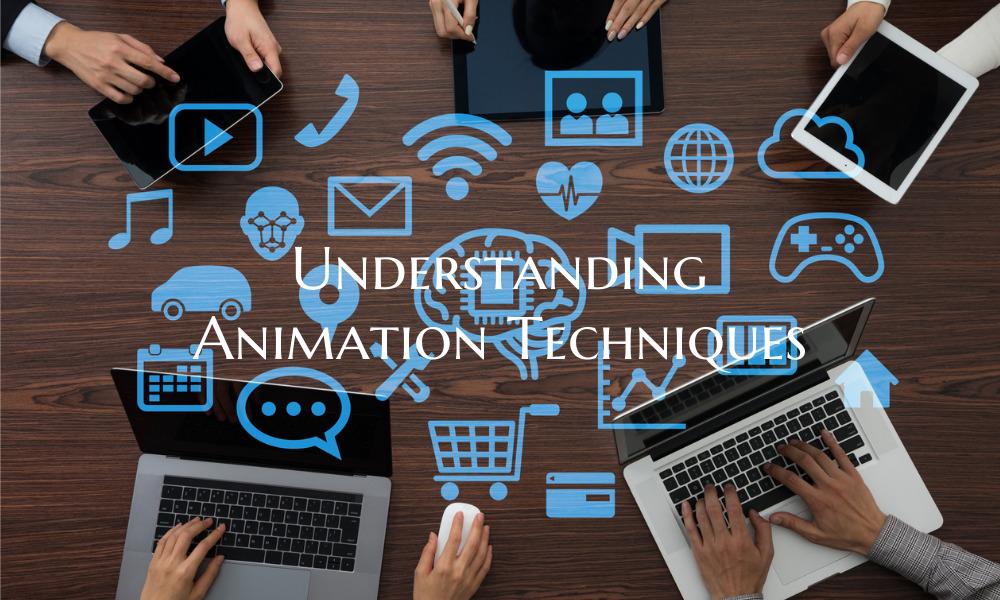Understanding Animation Techniques
Animation is a captivating art form that brings static drawings or objects to life through a series of carefully crafted movements. Understanding animation techniques is crucial for anyone looking to delve into the world of animation, whether professionally or as a hobby. In this guide, we will explore the various techniques used to create animations that captivate and engage audiences.
1. Traditional Animation: Traditional animation, also known as 2D animation, involves creating hand-drawn imagery frame by frame. Animators sketch out keyframes and then fill in the frames between to create fluid motion. Classic examples of traditional animation include Disney films like "Snow White and the Seven Dwarfs" and "The Lion King."
2. Stop-Motion Animation: Stop-motion animation involves manipulating physical objects, such as clay figures or puppets, and capturing each frame to create movement. The painstaking process requires precise movements and attention to detail. Popular stop-motion films include "Wallace and Gromit" and "Coraline."
3. Computer Animation: Computer animation, also known as 3D animation, involves creating animations digitally using specialized software. Animators model characters and environments in a virtual space and manipulate them to create lifelike movements. Blockbuster films like "Toy Story" and "Frozen" showcase the capabilities of computer animation.
4. Motion Graphics: Motion graphics involve animating text, shapes, and images to convey information or enhance visual storytelling. This technique is commonly used in advertising, title sequences, and explainer videos. Motion graphics can add a dynamic element to any visual project.
5. Special Effects Animation: Special effects animation involves integrating animated elements into live-action footage to create seamless visual effects. This technique is widely used in movies, television shows, and commercials to bring fantastical worlds and creatures to life. Examples include the dinosaurs in "Jurassic Park" and the superheroes in the Marvel Cinematic Universe.
By understanding these animation techniques, aspiring animators can explore the diverse options available to bring their creative vision to life. Whether creating whimsical characters in traditional animation or crafting immersive worlds in computer animation, mastering these techniques opens up a world of possibilities in the dynamic and ever-evolving field of animation.

